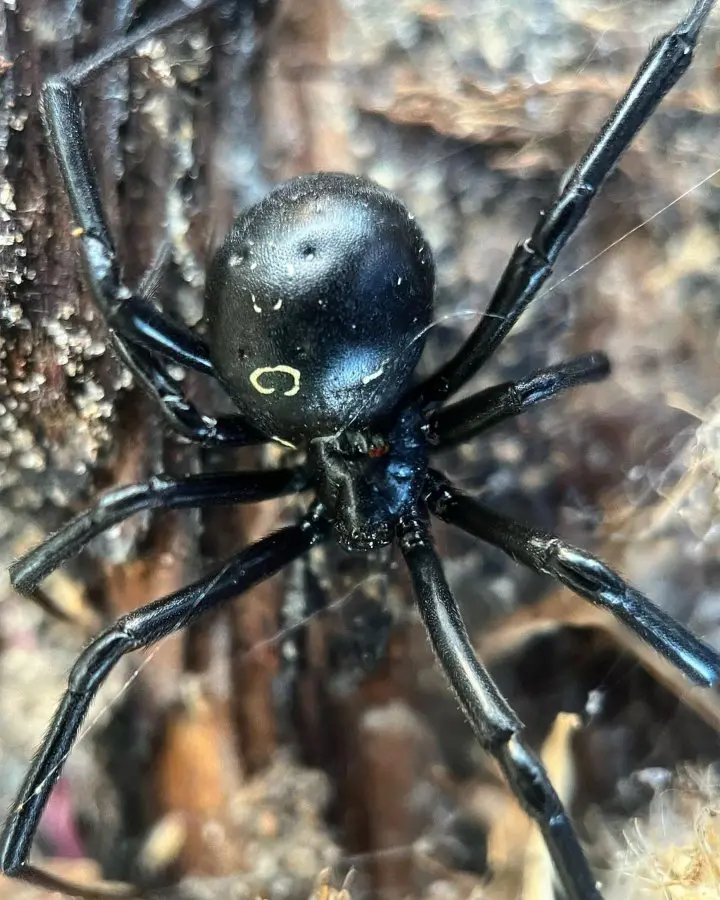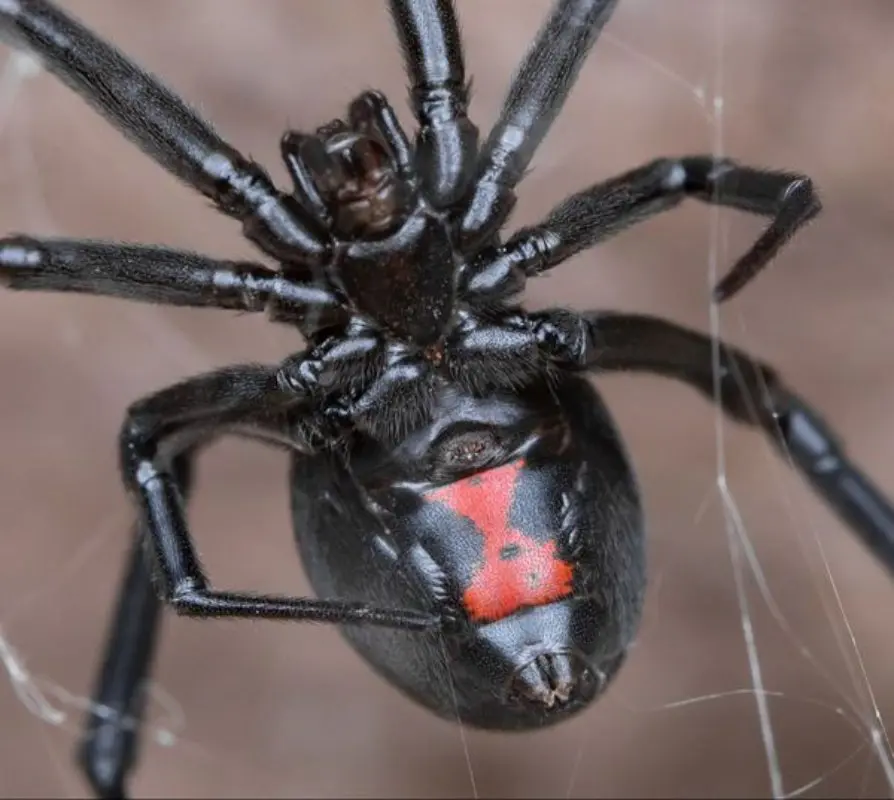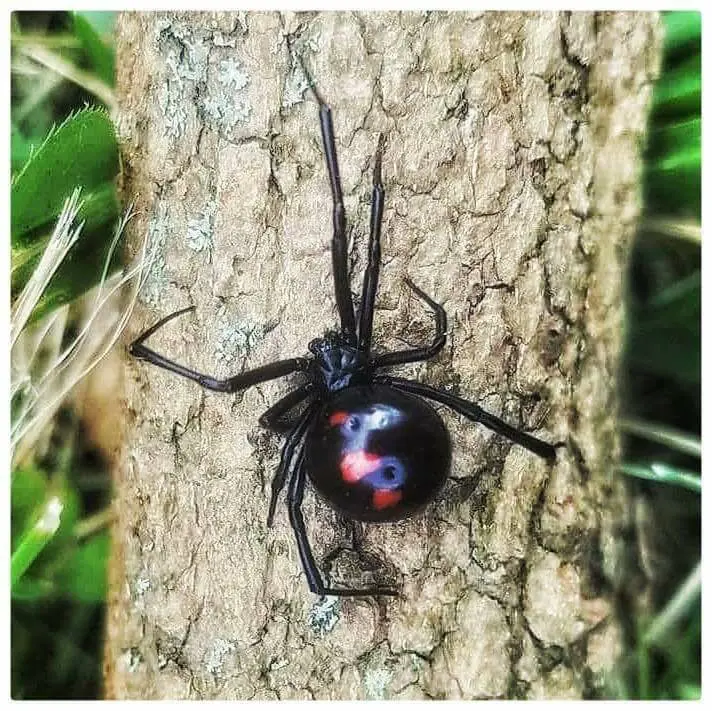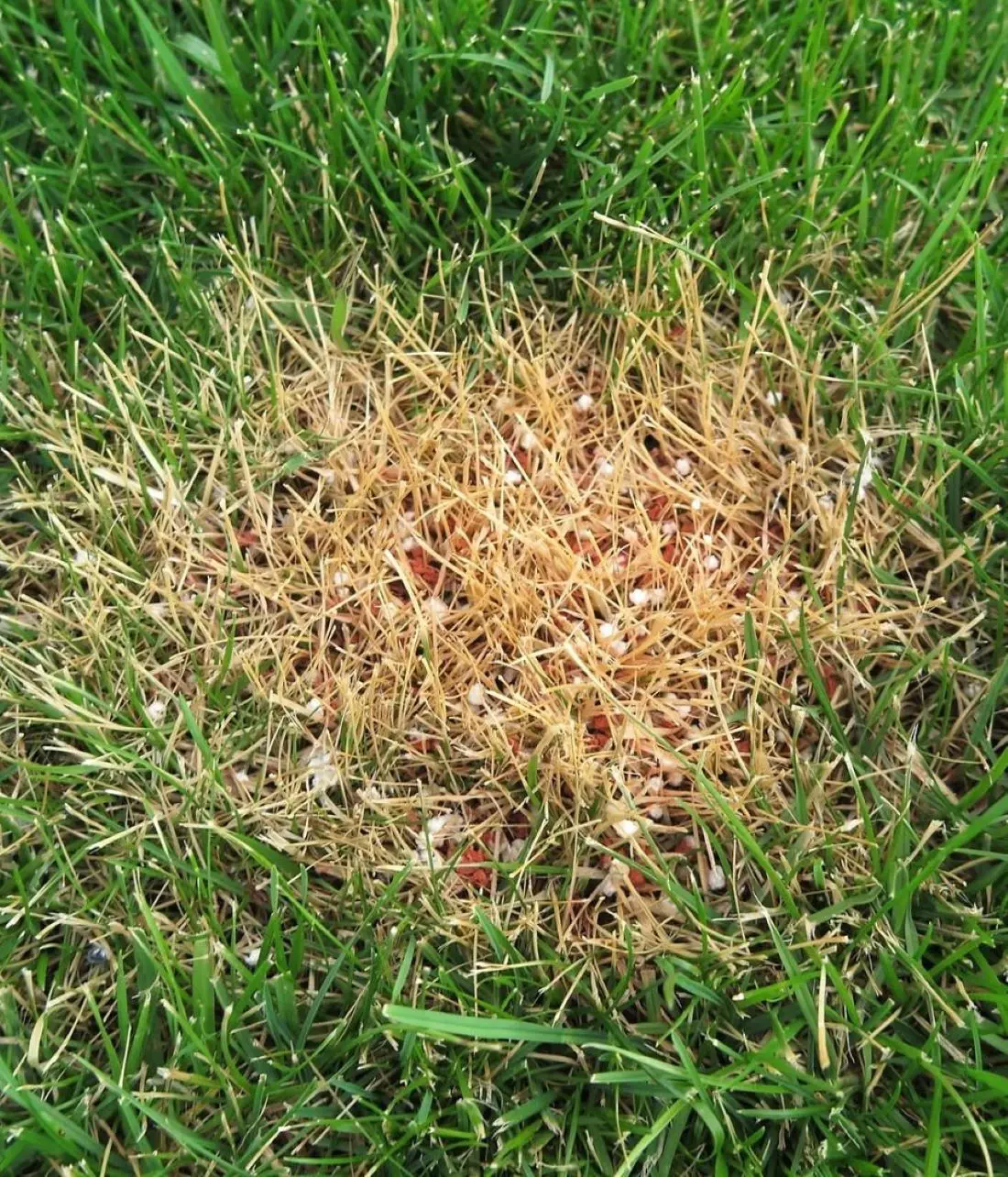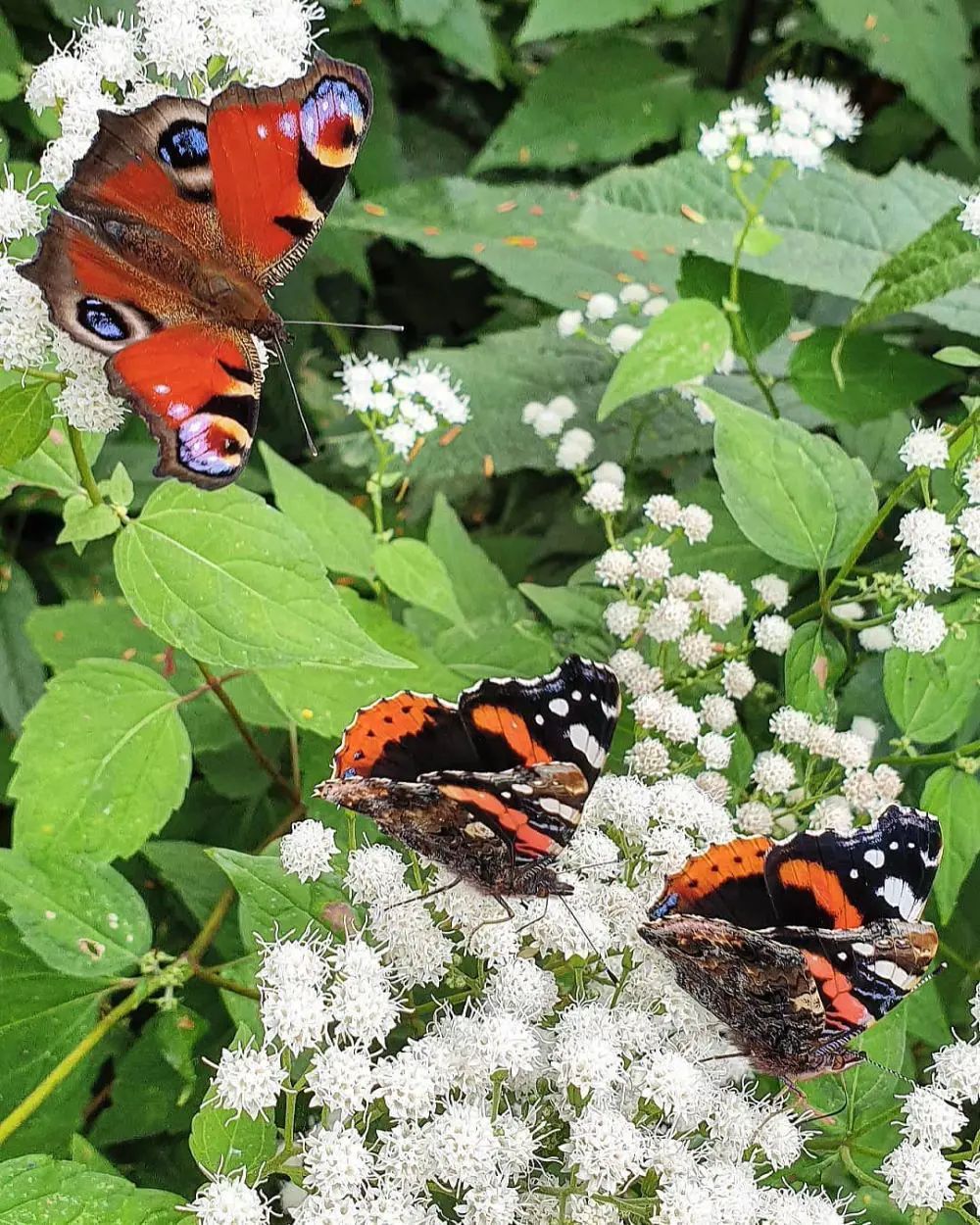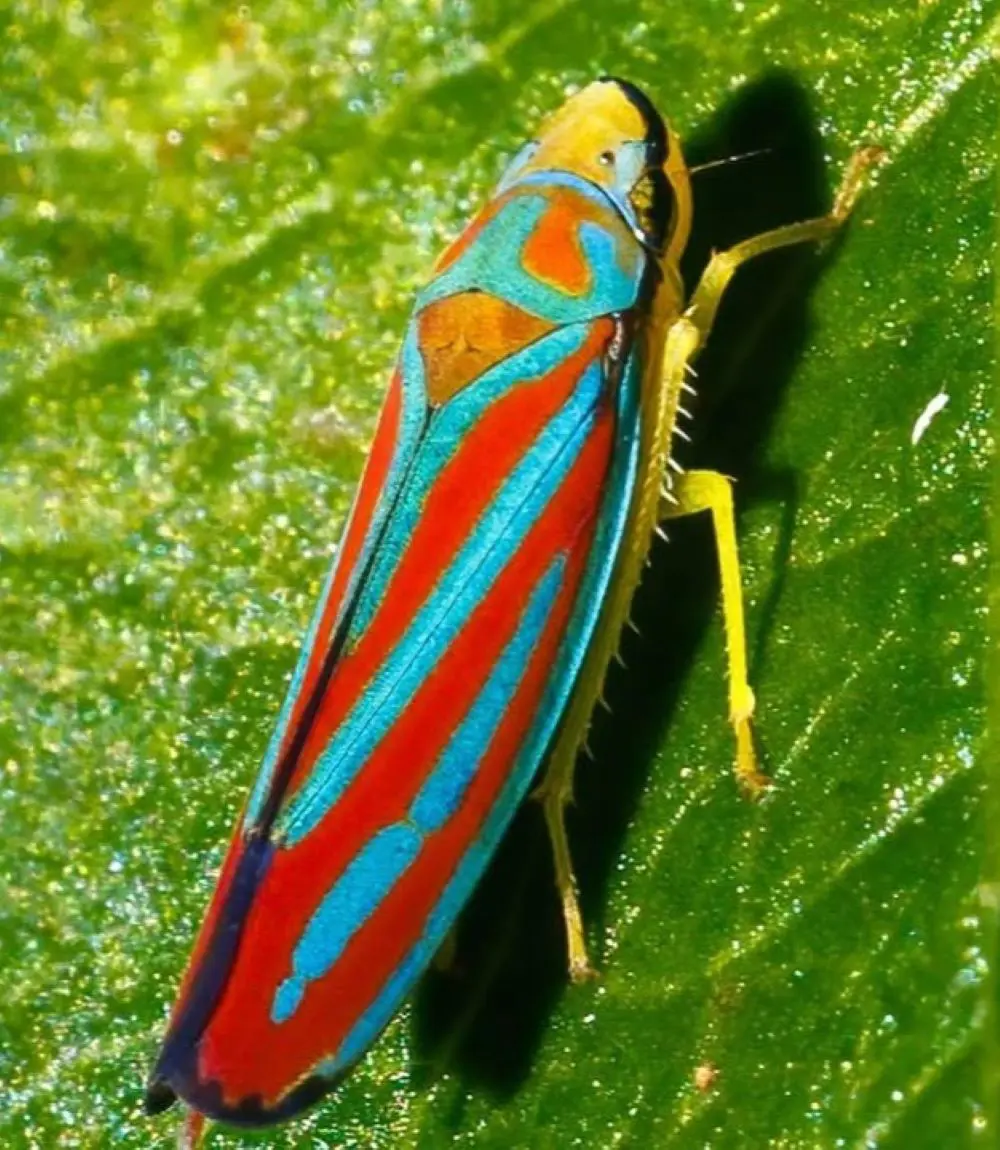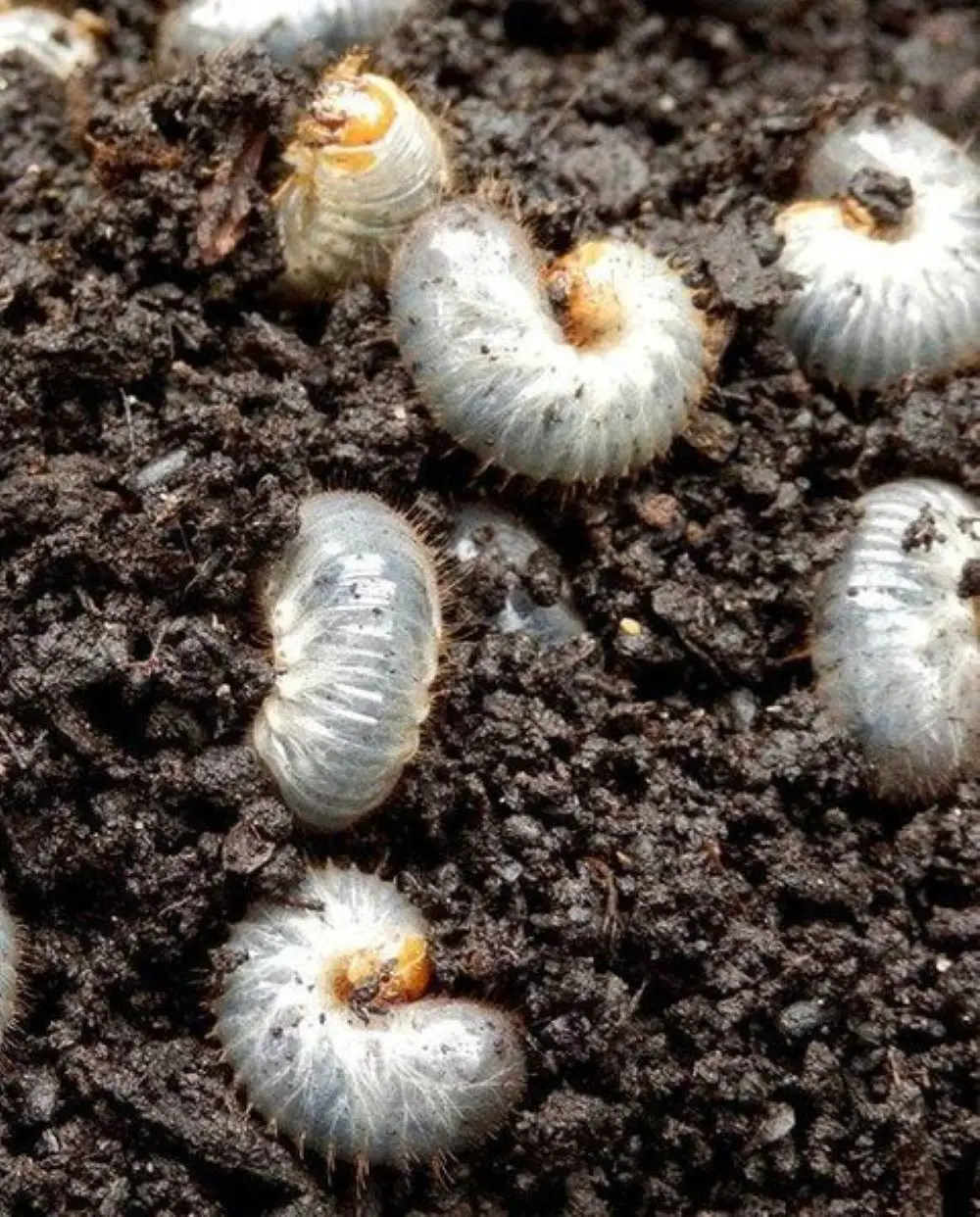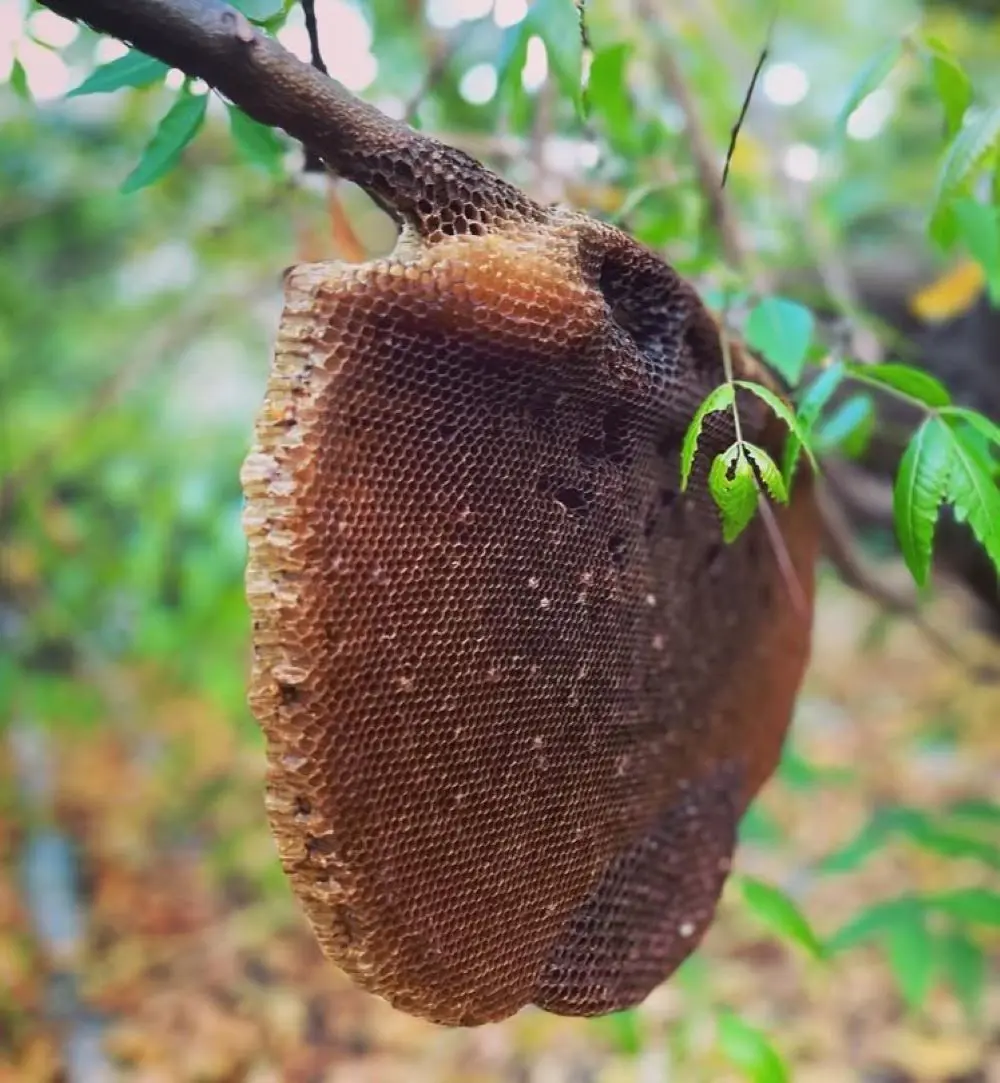How to Get Rid of Black Widow Naturally
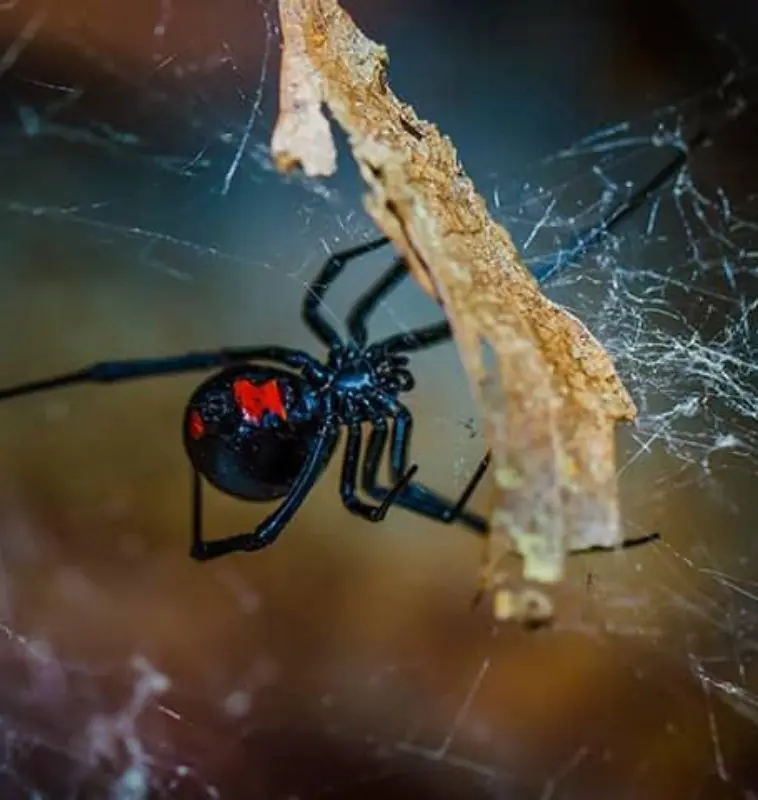
If there is a small population of black widow spiders, you might want to use natural methods. These methods are the perfect solution for managing the population without any side effects.
Let's get to know about the effective natural ways to get rid of black widows.
1. Tidy Up The Place
The black widow spider, like other species, loves to grow and live in dark spaces. So, the first thing you have to do is tidy up the indoor and outdoor spaces. Look out in the dark corner of garages, basements, and cellars where things are kept in the stacks.
These can be heaven for these spiders, so rearrange these places and try to clean up this equipment. In the meantime, in the outdoors, you have to trim and prune the landscape to eliminate their potential uses.
2. Close the Gap
They hide in dark corners and dark spots. These dark corners are on the exterior of the house, and there are cracks and gaps in the windows, doors, and foundation. So, it is better to seal these gaps. You should look for these cracks and use sealant or barrier to fill the gaps.
For a bit larger gap, use an expanding form of sealant to give a better layer of protection. Regularly check these areas to make sure that the sealant is active, especially after seasonal changes
3. Regularly Vaccum
Now is the time to use the high-speed vacuum to remove spider webs and egg sacs. Spiders are found in their webs in dark corners of the house or outdoors. Make a habit of looking out for the signs of these egg sacs.
Then, use a broom or vacuum cleaner to dispose of them. After that, empty the vacuum cleaner to prevent any spiders from coming back to your place. A routine of weekly and bi-weekly cleaning helps to maintain a healthy environment and keep the spider population less.
4. Maintain the Outdoor Space
For the outdoor areas you start with clearing the dark and undisturbed spaces like tall grass, overgrown bushes perfect for breeding grounds. These can help to create an environment suitable for managing these population.
Trim the glass at a height less than 3 inches. Keep the woodpile and organic debris away from the home. At the same time creates a barrier between such habitats and discourages them from breeding.
5. Use Sticky Trap
The non-toxic sticky traps are one of the effective ways to catch black widow spiders. Apart from that, the best part about these sticky traps is they can check the presence of these spiders without the use of any harmful chemicals.
When the spider comes in contact with the trap, it captures it. Before placing them in your house, look out for them in corners of undisturbed spaces. In the meantime, please pay attention to the instructions before setting the traps for effective use.
6. Try To Reduce the Population of Insect
Black widows feed on small insects and pests in the garden. So, to reduce them, it is better to reduce the rate of insects. Start with an inspection of your home to look for the signs of any infestation. Look for their nests that show the presence of pests.
After finding the problem area, you can develop a strong pest control plan. You should also remove the trash and clean the clutter. For the best result, you should use natural ingredients such as essential oil and vaseline.
In the outdoor area, you can maintain a tidy yard and maintain cleanliness.
7. Spray of Essential Oil
Sometimes, just cleaning and removing the spiders can be enough to prevent them. Although, the infestation can increase even after these methods. In this case, you might want to use natural repellent.
One of these is the solution to the essential oil. Take oil like lavender or citronella with strong perfume to repel spiders and also give a pleasant aroma to your living space.
Create a spray with a small amount of dish soap and oil in your prayer bottle. For instance, add a teaspoon of dish soap and 10-12 drops of oil and mix it properly.
